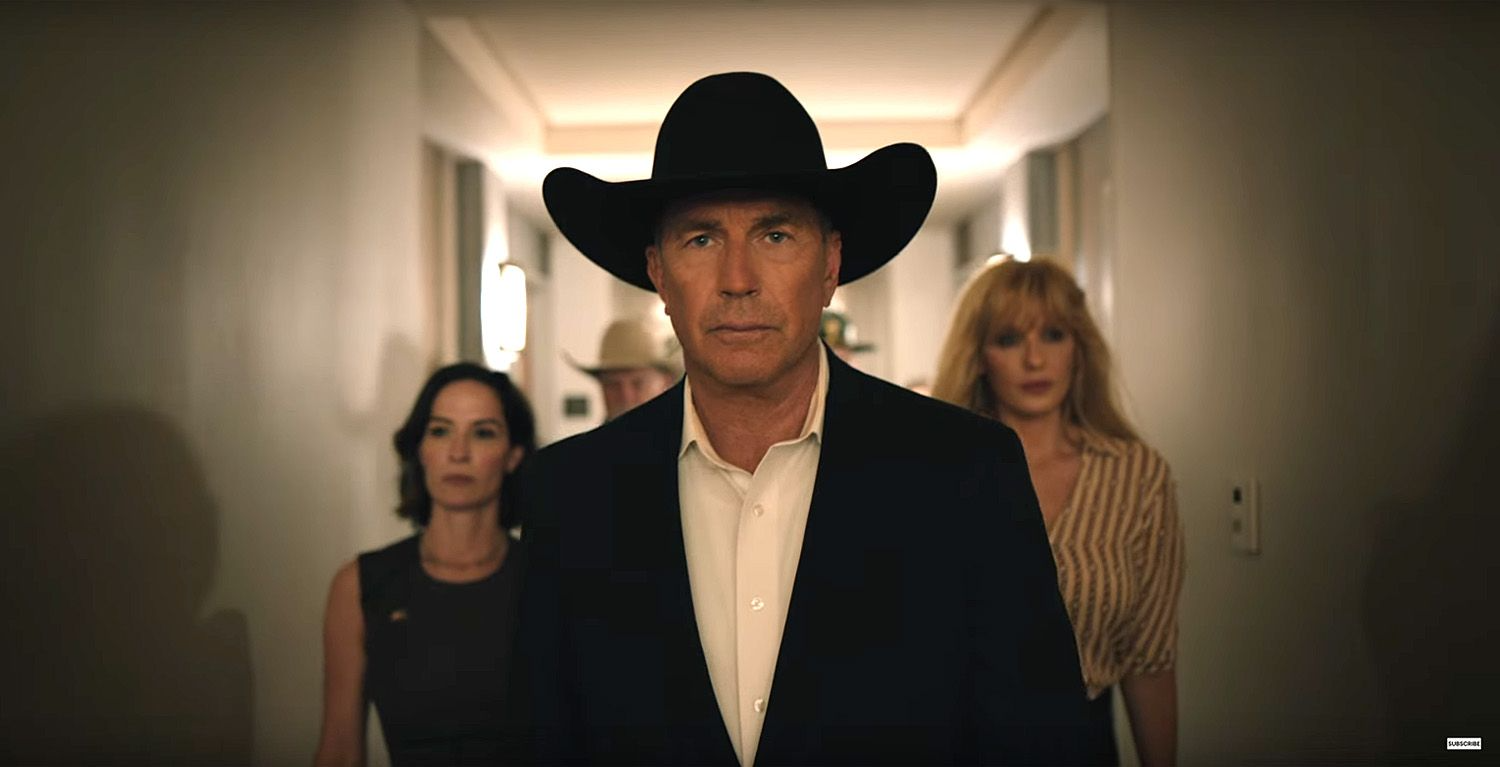
In the world of cinema, directors often find themselves at the intersection of art and commerce. For some, the struggle to maintain artistic integrity while navigating the financial realities of the film industry can be overwhelming. Recently, a director known for his Brutalist style made headlines with a candid statement about his financial struggles and his refusal to promote his own film. In this article, we’ll delve into the director’s perspective, explore the challenges faced by filmmakers, and discuss the implications of his bold stance.
Understanding Brutalist Cinema
What is Brutalist Cinema?
Brutalist cinema is characterized by its raw, unfiltered approach to storytelling. Much like the architectural style it’s named after, Brutalist films often focus on stark realities, social issues, and the human condition. This genre tends to eschew traditional narrative structures in favor of a more visceral experience, challenging audiences to confront uncomfortable truths.
The Appeal of Brutalist Films
Brutalist films resonate with viewers who seek authenticity and depth in storytelling. They often provoke thought and discussion, making them a powerful medium for social commentary. However, this approach can also alienate mainstream audiences who prefer more conventional narratives.
The Director’s Bold Statement
‘Not Paid to Promote My Film’
The director’s assertion that he is “not paid to promote” his film highlights a significant issue in the industry. Many filmmakers feel pressured to engage in extensive promotional activities, often at the expense of their creative vision. This pressure can lead to a disconnect between the artist and their work, as they are forced to prioritize marketing over storytelling.
‘I Can’t Pay Rent’
The director’s admission that he “can’t pay rent” underscores the financial struggles that many artists face. Despite pouring their hearts and souls into their projects, filmmakers often find themselves in precarious financial situations. This reality raises important questions about the sustainability of a career in the arts.
The Financial Realities of Filmmaking
Budget Constraints
Filmmaking is notoriously expensive, and many directors operate on tight budgets. Independent filmmakers, in particular, often struggle to secure funding for their projects. This financial strain can limit their creative freedom and force them to make compromises that impact the final product.
The Cost of Promotion
Promoting a film can be a costly endeavor. From marketing campaigns to press tours, the expenses can quickly add up. For directors who are already facing financial challenges, the burden of promotion can feel insurmountable. This is especially true for those who prioritize their artistic vision over commercial success.
The Impact of the Director’s Statement
Challenging Industry Norms
By speaking out about his struggles, the director challenges the status quo in the film industry. His refusal to promote his film highlights the need for a shift in how filmmakers are supported and compensated. It raises awareness about the financial realities that many artists face and encourages a dialogue about the sustainability of creative careers.
Inspiring Other Filmmakers
The director’s candidness may inspire other filmmakers to share their own experiences. By breaking the silence around financial struggles, artists can foster a sense of community and support within the industry. This solidarity can lead to meaningful change and a greater understanding of the challenges faced by creatives.
Navigating the Film Industry
Finding Balance
For filmmakers, finding a balance between artistic integrity and financial stability is crucial. While promotion is an essential part of a film’s success, it should not come at the expense of the artist’s vision. Directors must navigate this delicate balance to ensure their work is both seen and appreciated.
Exploring Alternative Funding Models
As the film industry evolves, alternative funding models are emerging. Crowdfunding, grants, and partnerships with organizations that support the arts can provide filmmakers with the financial backing they need without compromising their creative vision. These models empower artists to take control of their projects and promote them on their own terms.
Conclusion: A Call for Change
The Brutalist director’s bold statement about his financial struggles and refusal to promote his film sheds light on the challenges faced by many filmmakers. By prioritizing artistic integrity over commercial pressures, he challenges the norms of the industry and inspires others to do the same. As the film landscape continues to evolve
